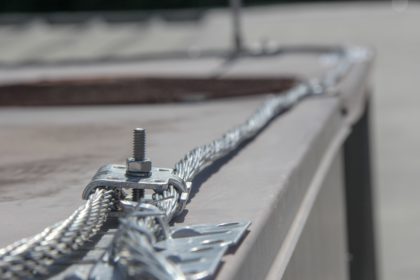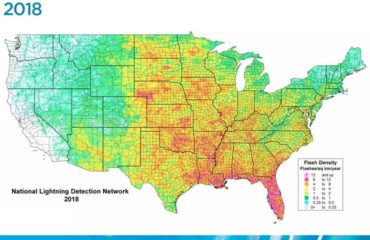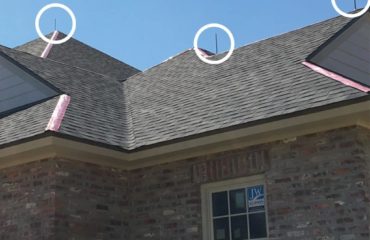
What is a complete lightning protection system?
A complete lightning protection system consists of lightning protection, surge protection, and grounding and bonding.
- Lightning protection provides a direct path to the ground for the lightning current.
- Surge protection protects vulnerable electronics and assets within the home and can be protected by using specialized surge protection devices.
- Grounding/bonding is the interconnection of the lightning protection system to other internal grounded metallic systems.
What elements make up a complete lightning protection system?
According to the Lightning Protection Institute, “there are five elements that need to be in place to provide an effective lightning protection system.
1. Strike termination devices: Accepts strikes before they reach insulated building materials.
2. Cable conductors: Route lightning current over and through the construction, without damage.
3. Below grade grounding electrode system: Moves the lightning to its final destination away from the structure and its contents.
4. Bonding: The interconnection of the lightning protection system to other internal grounded metallic systems to eliminate lightning to side flash internally.
5. Surge protection devices: Installed at every service entrance to stop the intrusion of lightning from utility lines.”
Who should have lightning protection?
Structures in an area with frequent lightning strikes, tall buildings or homes, and businesses or residences that have trees within 10 feet.
It is imperative for any business or residence that needs to protect themselves and their assets to invest in a lightning protection system. As more businesses and homes run on intricate and sophisticated electrical systems, lightning and surge protection are crucial to keeping property and electronics safe.






